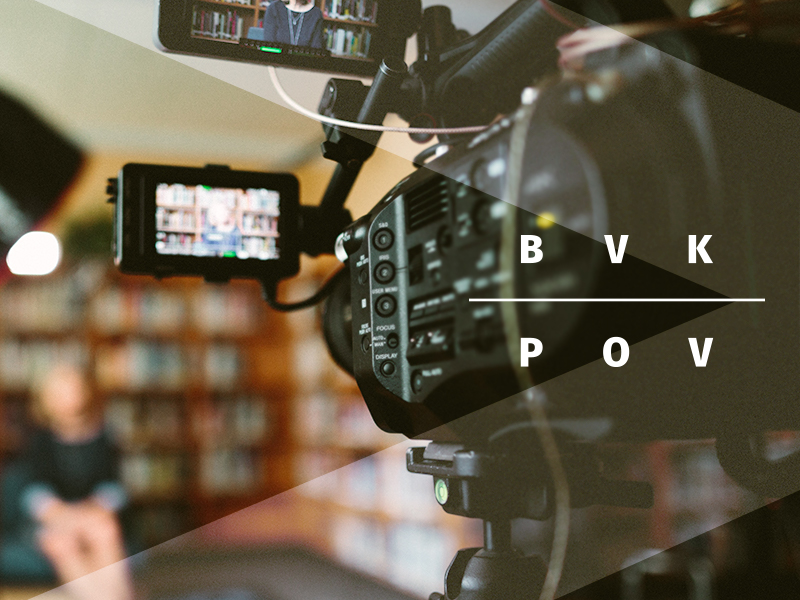Why Media Training is a Must for Every Brand
Thinking Big

Organizational leadership knows and understands their business better than most. But are they prepared to take that knowledge and communicate it to media in an effective way?
Media training is a great opportunity for organizational leaders to learn about and fully understand the media landscape – from what makes a story newsworthy to how they can tell their brand story in an authentic and editorial way.
We have seen everyone from C-suite executives to top-level managers shy away from amazing public relations opportunities due to uncertainty and lack of brand control. Alternatively, we’ve watched executives be interviewed by a top outlet and use so much corporate speak and company jargon that their core messaging never makes it to print. Media training is a great opportunity to have an open dialogue among an organization’s leadership, align on key messaging and learn how to speak in a way that engages a journalist, making them a partner in telling your brand story.
Not only does proper media training prepare your brand to connect authentically and meaningfully with media and your audience, it provides a host of other publicity benefits for your leaders, organization and brand.
It creates more effective communicators.
The foundation of any strong media training program is learning how to best define and communicate your key message. During an interview, it is essential to know exactly what you want to convey and how to do so concisely. Key messages should be original, short and relevant to your audience, focused on the benefits of your product or service and spoken to your audience in a language they understand.
Once a spokesperson masters this with the media, they often carry it over into their business and interpersonal communications. They begin to naturally organize key messages in everyday business conversations, increasing understanding and effectiveness of brand pillars with internal and external partners and creating a trickle down effect of communication that extends from leadership to the entire organization.
It helps hone non-verbal skills.
People are not only listening to your words. They also notice how you deliver them. Whether you are standing in front of a camera or taking a phone interview, media training teaches leaders how to use words, tone and body language to deliver messaging in a powerful way.
Whether it is the exciting news of company expansion or the somber note of crisis communication, body language and tone are key elements to help leaders navigate a wide range of situations confidently. From developing an appropriate speaking cadence to knowing how and when to use eye contact and all the nuances in between, media training hones in on non-verbal skills that are a cornerstone of many leadership communication roles.
It builds comfort and confidence in public speaking.
One of the aspects of media interviews that organizational leaders are most uncomfortable with is the feeling that they are not in control. But spokespersons are often surprised and reassured during media training when we remind them that they are the ones in control of the situation. Of course it will be the journalist asking the questions. And while we cannot control what they ask, we can fully control how we respond.
Effective media training walks leadership through how to take control of the interview, address difficult questions, avoid traps and create the desired coverage. Mastering these skills not only makes the interviewee an effective media spokesperson but can be equally beneficial in public speaking, challenging negotiations, navigating business decisions and other aspects of effectively running an organization.
More often than not, editorial opportunities are quick-turn, so having a leadership team that feels prepared and confident to speak to media on short notice is vital. Once they understand how to effectively engage with media, they are more likely to surface potential brand angles and willing to take part in proactive media efforts.
Media training conducted by an experienced facilitator not only drives meaningful coverage but it also provides benefits that extend to the entire organization. From a universal understanding of key brand messages and company positioning to clarity in communication from the top down, media training is an investment that has immeasurable return for the entire organization.
